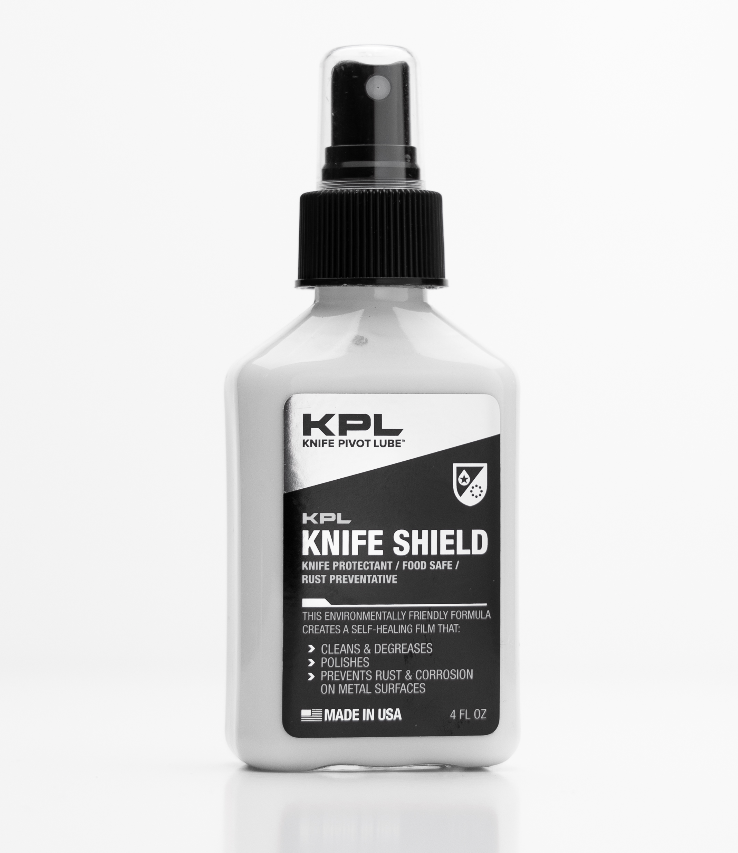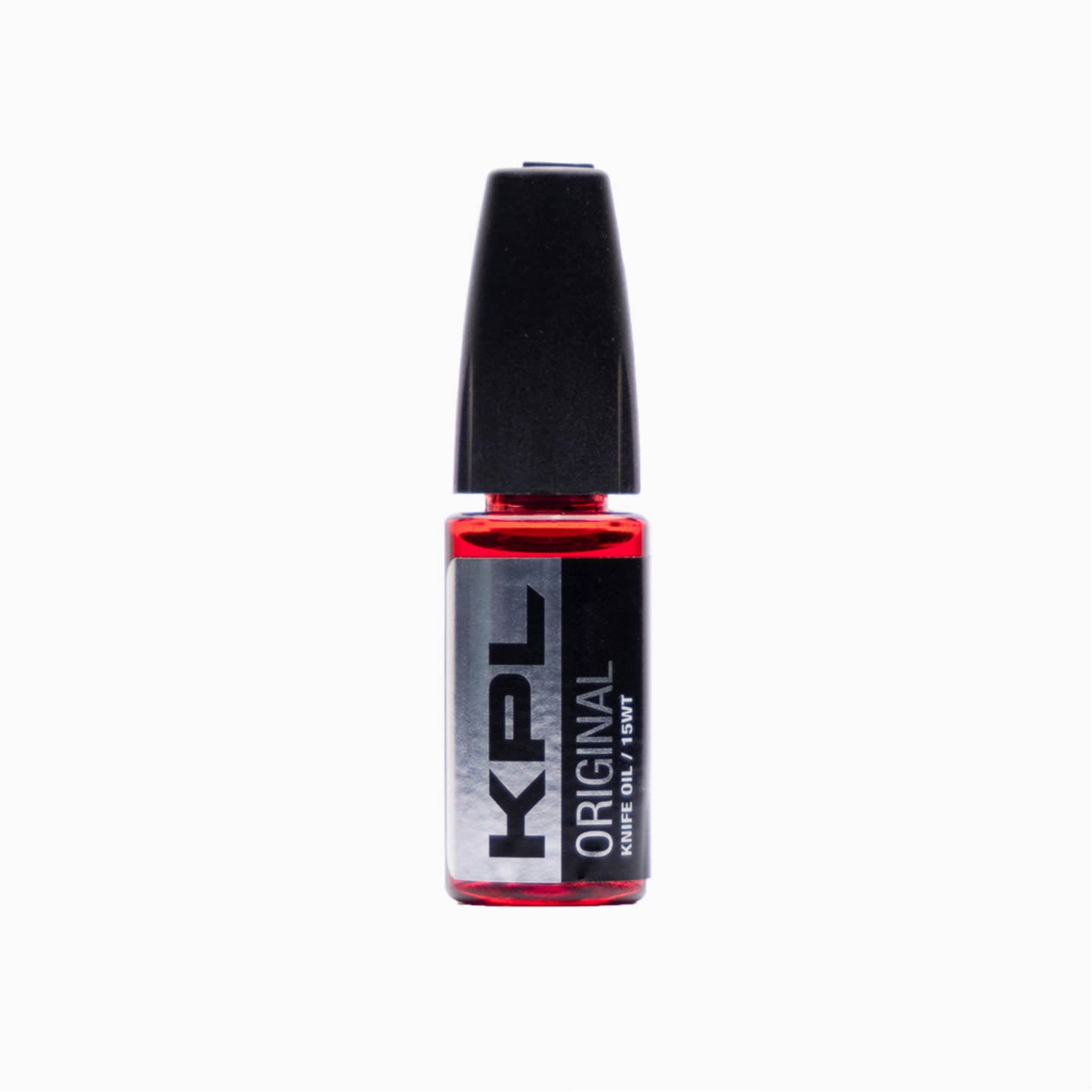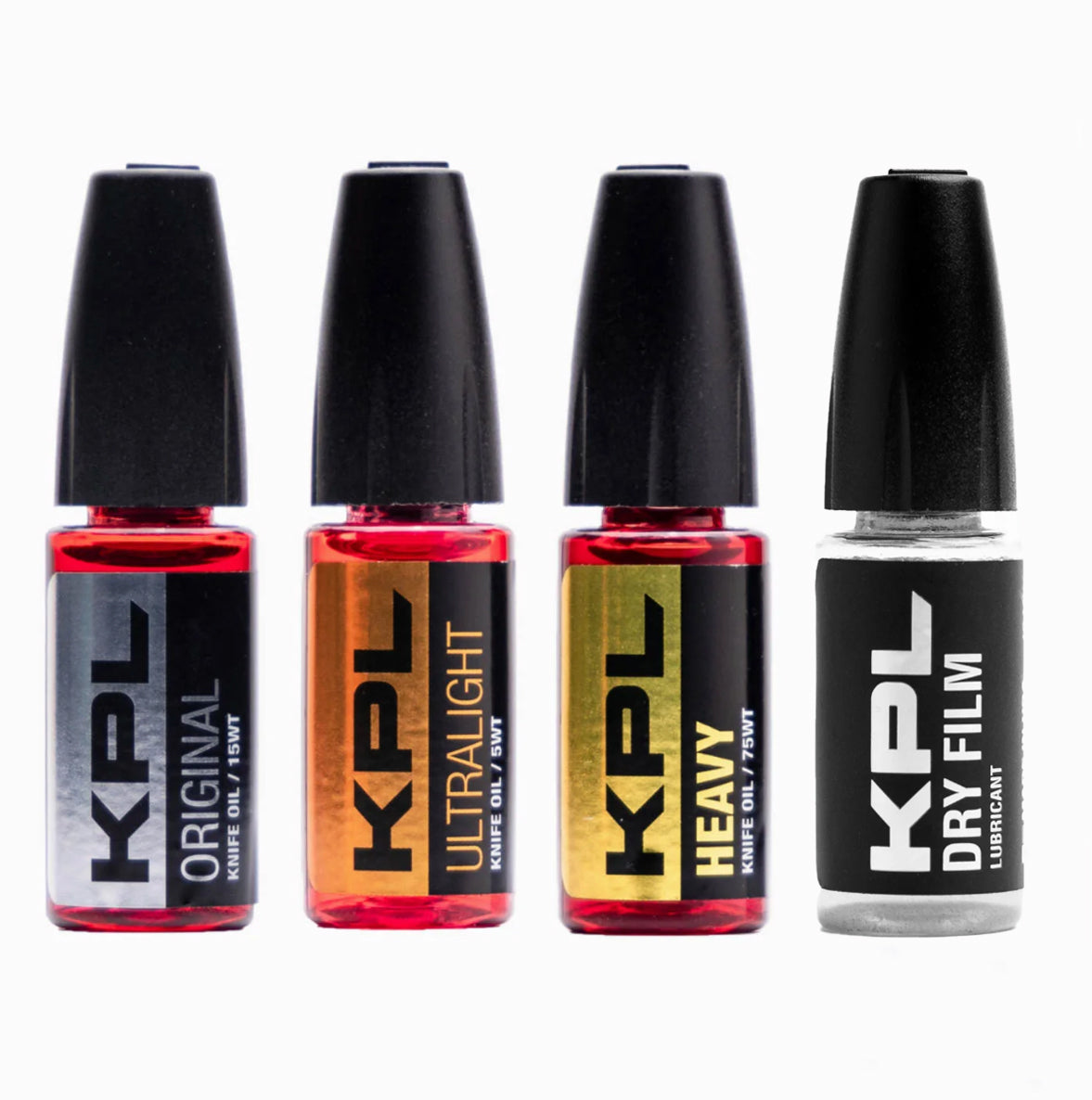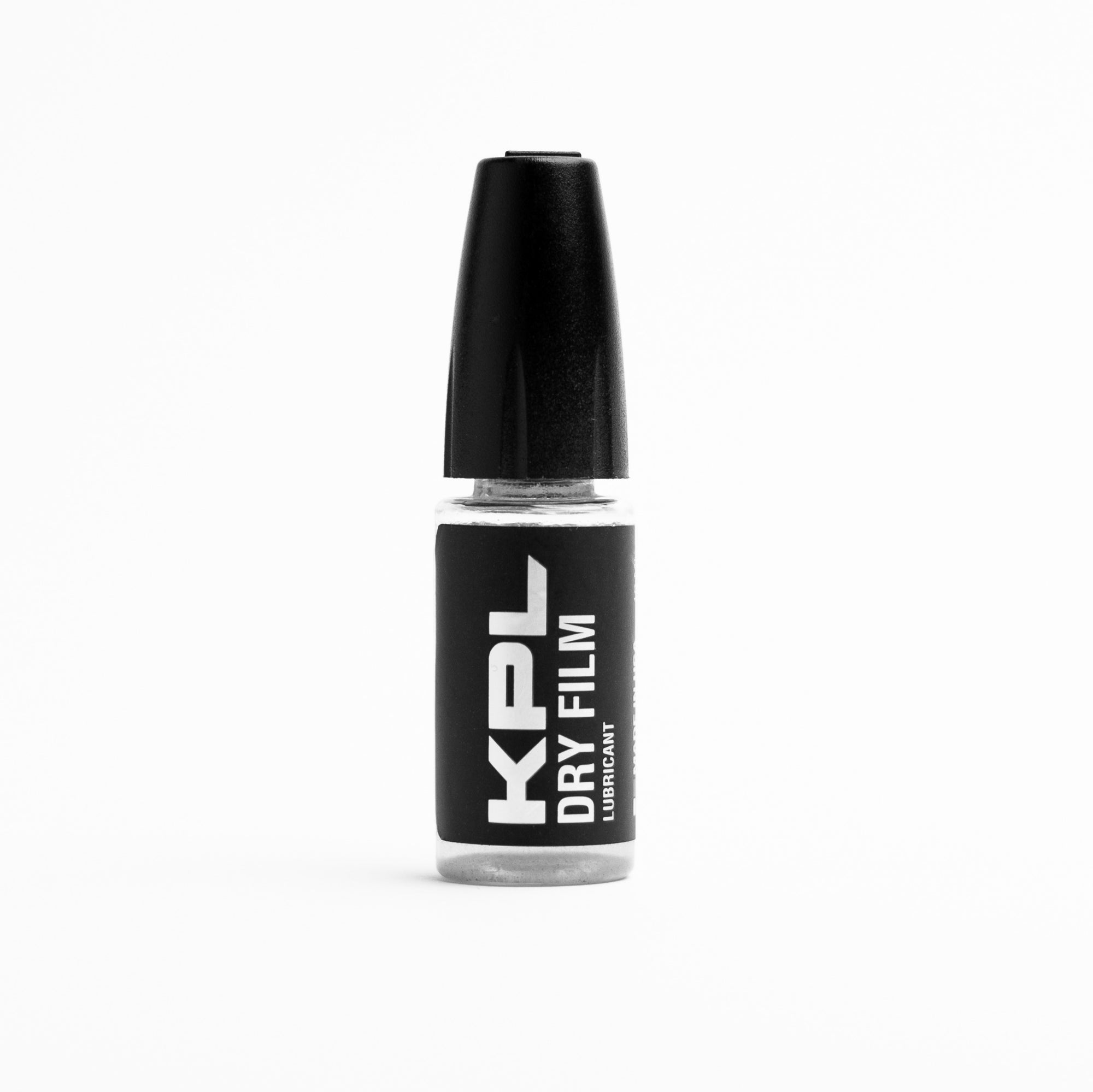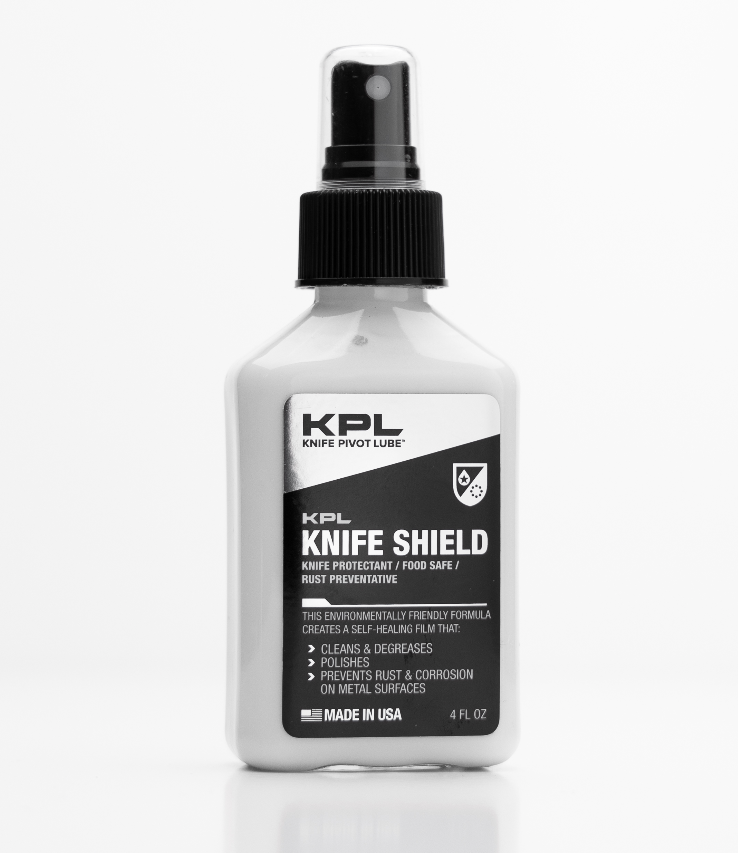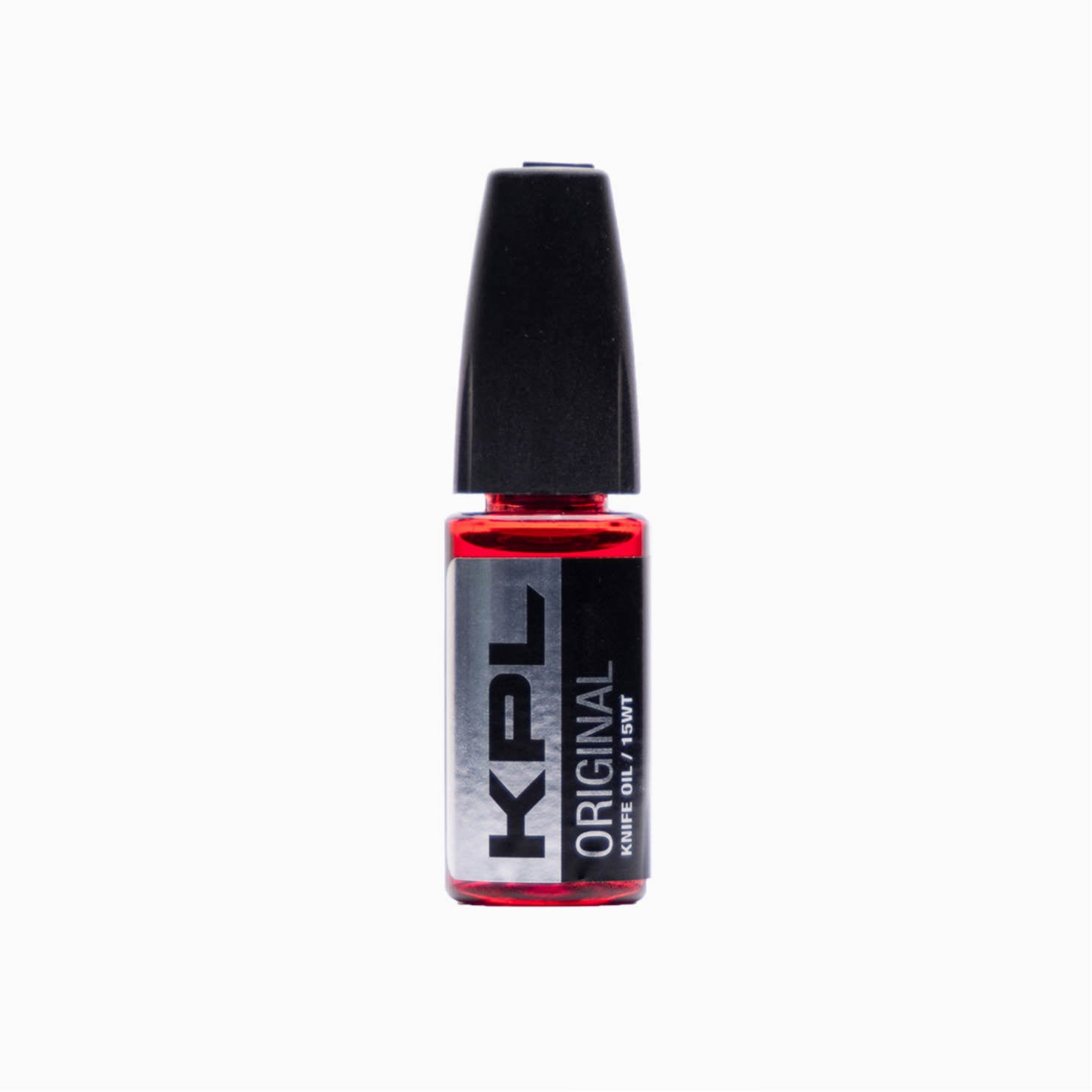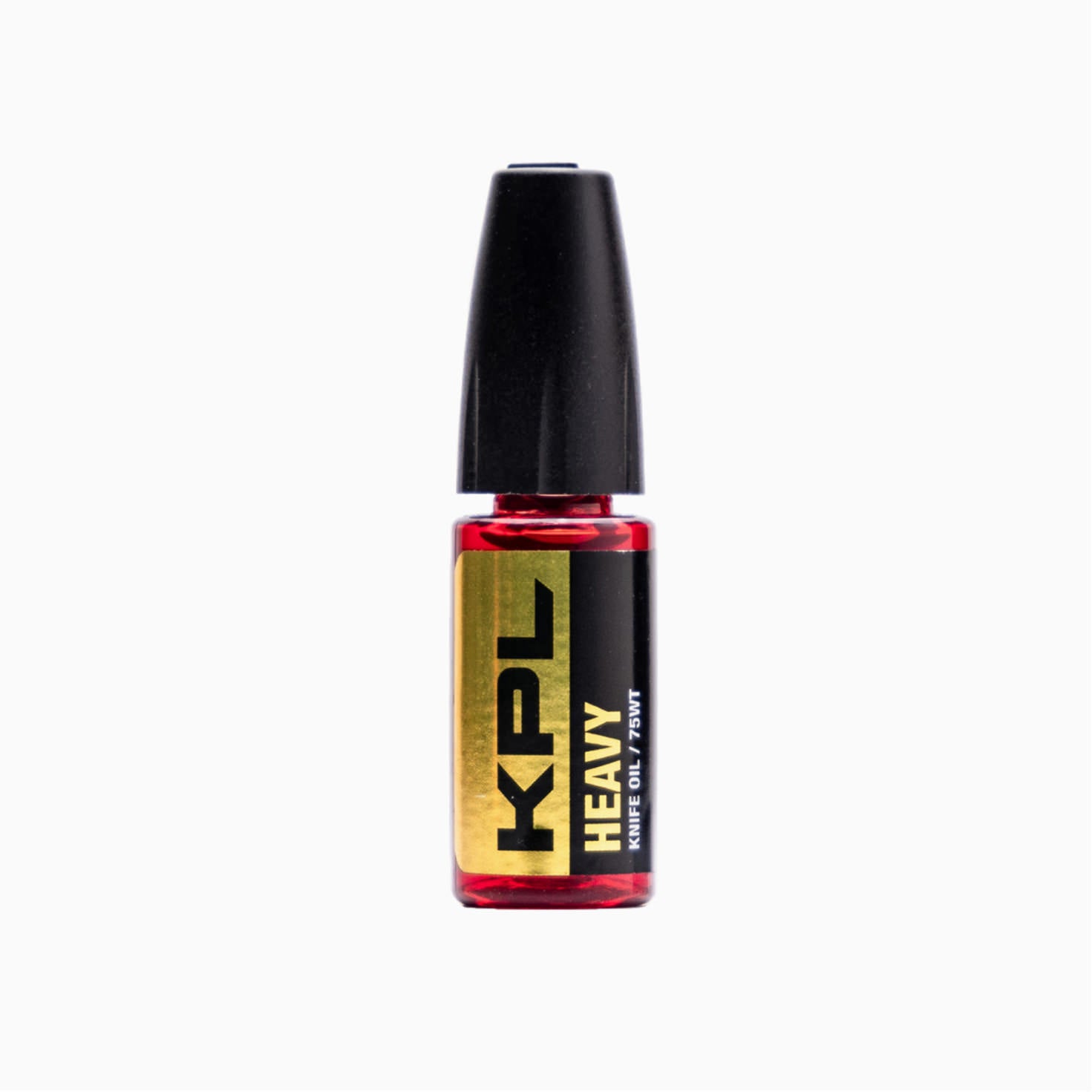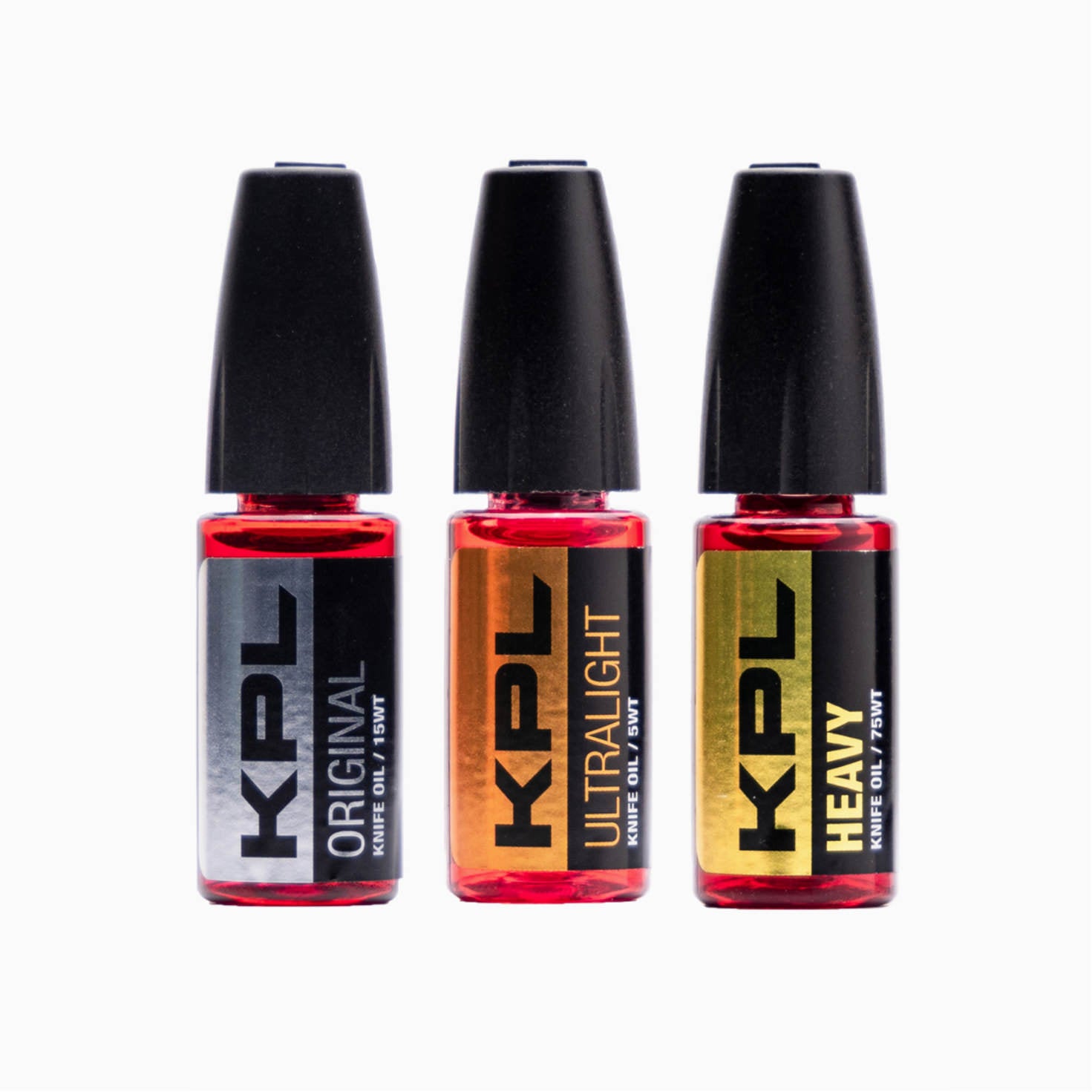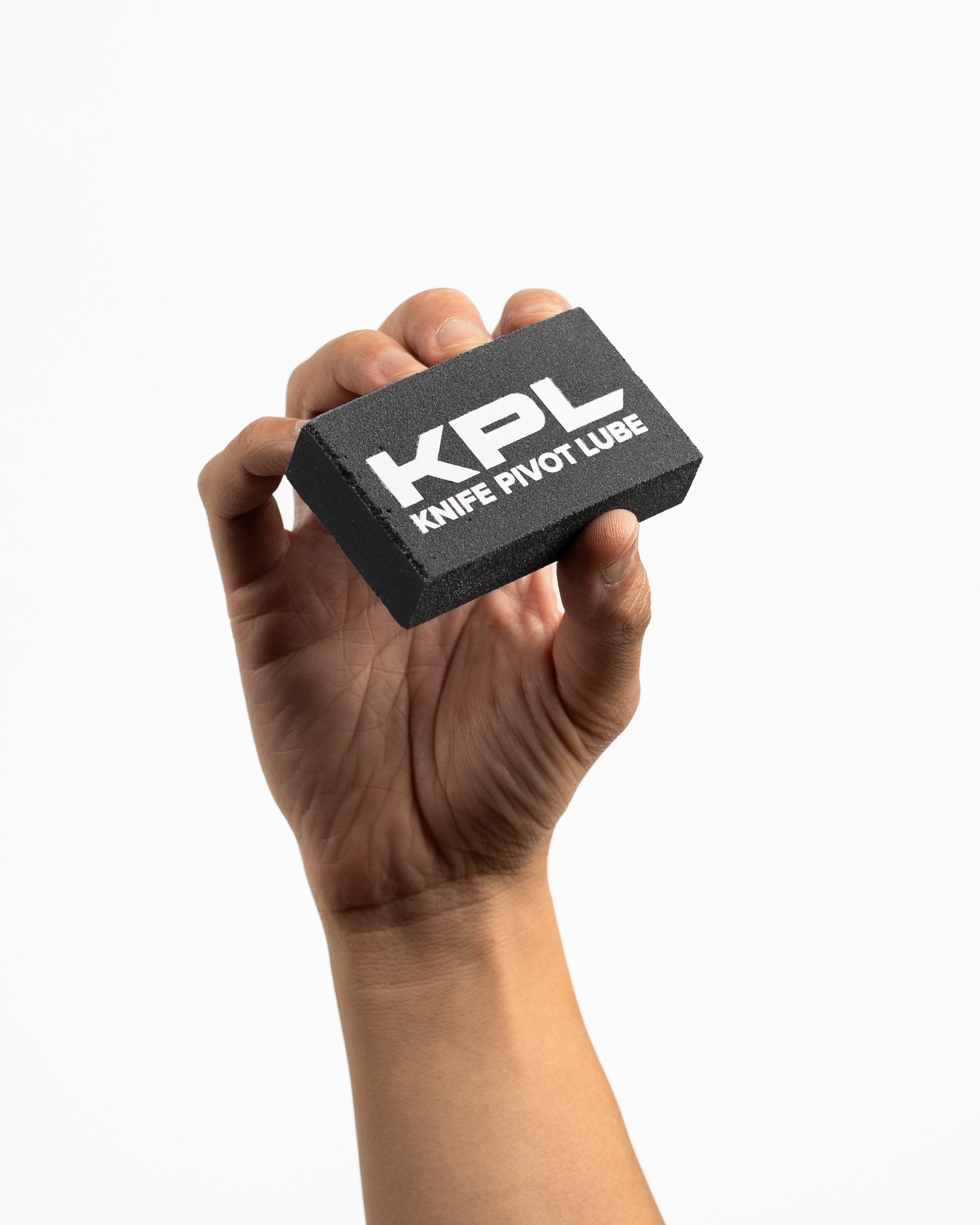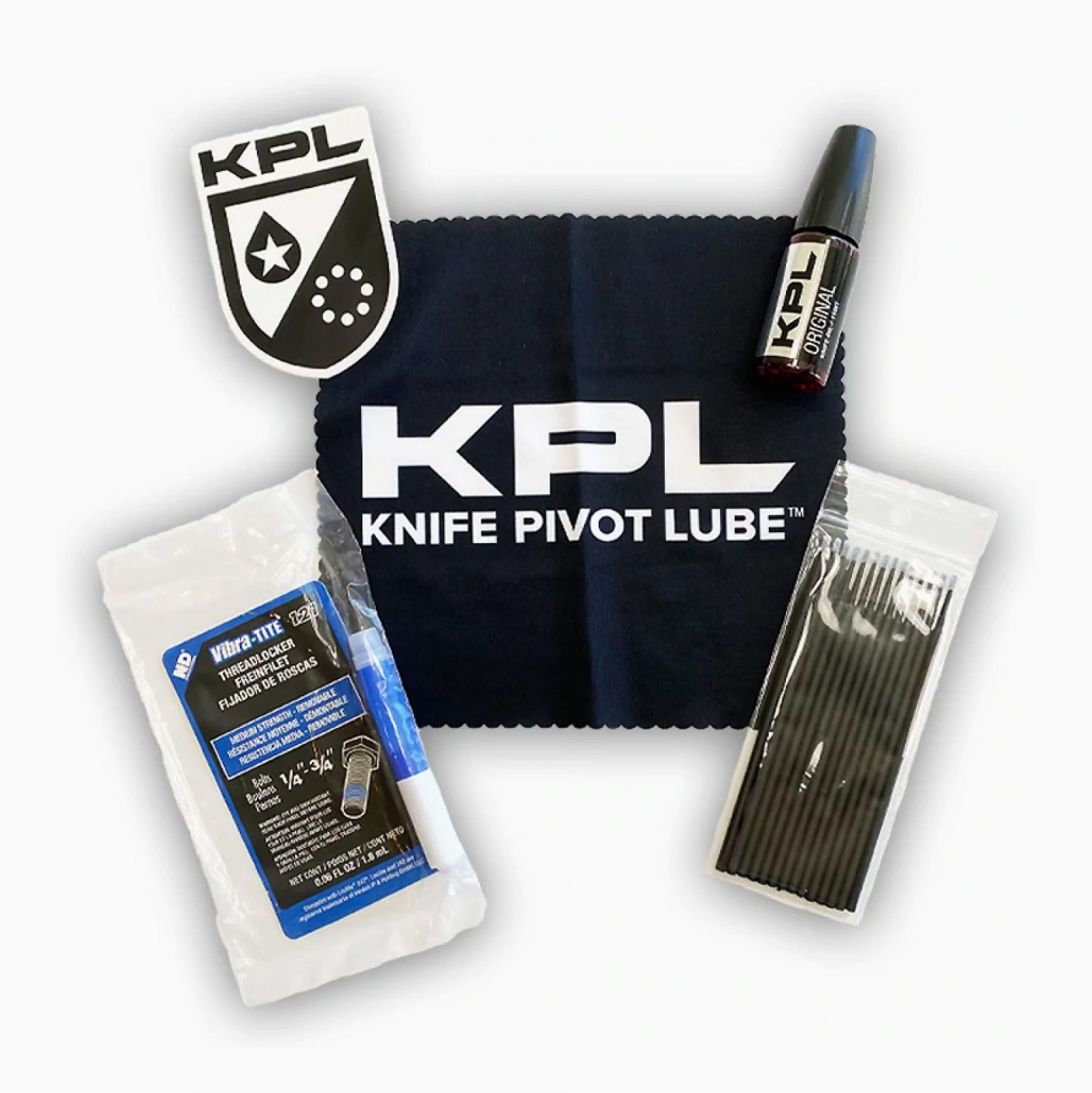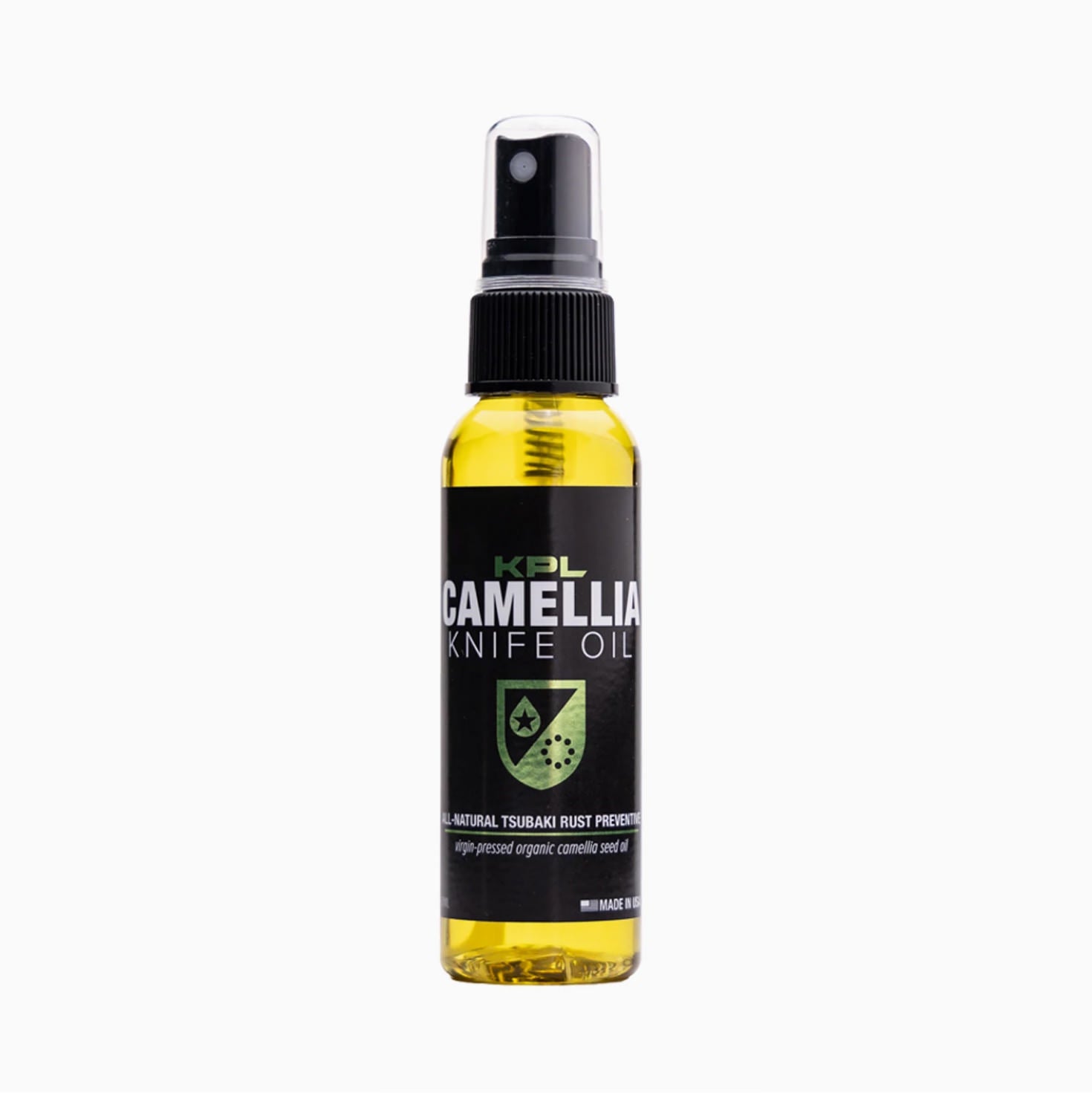Choosing a Knife Handle Material
In today's market we are blessed with an absolutely huge selection of knife handle materials to choose from, but it wasn't always this way. Chances are your grandfather had only a few of the many materials to choose from when selecting a pocketknife.
Let's review all the various materials used in today's pocketknives, at the same time reviewing both modern and historical materials and discussing their properties, advantages and disadvantages, and applications.
1. Plastic Knife Handles
Plastics (or more properly polymers) are a remarkable family of materials created from chemicals linked into chains or matrices to create solids with all kinds of properties.
Depending on the particular plastic used to handle a knife, plastic may offer flexibility, hardness, polishability, chemical resistance, heat resistance, tackiness/grip-ability, or any combination of the above.
Victorinox knives use high-quality plastic to offer an attractive knife handle
Unfortunately, most common plastics suffer from creep, at least to some extent when placed under stress for a prolonged period.
For this reason, plastic-only handles are typically only used along with a structural backer like a steel liner that can offer dimensional stability while the plastic is used for aesthetics and comfort. This usage is common in slipjoint knives.
Steel liners attach to plastic on Victorinox knives offering dimensional stability
Do watch out for knives utilizing cheaply made plastic or knives in which plastic is used alone as a load-bearing member without reinforcement. These knives tend to be poorly made -- better options are available at reasonable prices!

A low quality knife featuring a non-reinforced plastic handle.
2. Fiber Reinforced Plastics
Don't rule out plastic handles in all circumstances!! Composite handles are often used in knives and make for very capable and rugged handles.
Typically in Fiber Reinforced Polymer knives, chopped technical fibers are mixed into a polymer and then injection molded, creating a handle that features the combined properties of both the fiber and the polymer.

Spyderco knives often feature glass reinforced nylon handles
Spyderco are the masters of this type of knife handle. Their knives frequently feature glass-fiber filled plastics like nylon in which nylon offers incredible toughness, heat resistance, and chemical resistance, while glass fibers lend stiffness and surface hardness to create a very capable knife handle material that can last a lifetime.

Glass fibers are visible at the surface of this pocketknife handle scale and offer high surface hardness and abrasion resistance.
Whatever your knife is made of, maintain it with Knife Pivot Lube!
3. Micarta
Micarta is also a composite material, this time a combination of a polymer (typically a phenolic resin) and a natural fabric like cotton, linen, burlap, or paper. While phenolic resin is a very robust material, natural fibers are typically not very stiff, resulting in Micarta having a relatively low Young's Modulus.
On the positive side, Micarta tends to be quite dimensionally stable, and offers a great hand-feel due to the natural fibers it contains.
Even better, Micarta handles get better and better with use as the natural fibers in the handle begin to fray, giving an even softer gripping surface, that remains non-slippery even when wet.

4. G-10
G-10 is a material that is very similar to micarta, except that instead of natural fibers, G-10 is reinforced with fiberglass fabric, typically encased in an epoxy matrix.
Glass is much stiffer than natural fibers and leads thus creates a more dimensionally stable and rigid handle material. The epoxy resin in G-10 is also extremely moisture and chemical resistant.

G-10 handles are made from fiberglass fabric in an epoxy matrix
G-10 is very abrasion resistant due to its glass content and can be polished to a high shine. If it has a downside, it's that G-10 can be fairly heavy, contributing significantly to overall weight of a pocketknife.
5. Wood
Did you know wood is actually a natural composite? Composed of lignin and cellulose, wood combines these two chemicals' properties to create an incredibly resilient material that holds up to repeated strain without fatigue damage.
For use in knife handles, we typically choose woods that are very hard, or that contain high levels of resins, making them resistant to rot and decomposition over time.
Woods like Desert Ironwood, Osage Orange, Bog Oak, Blackwood, Cocobolo and others are commonly used for both their beauty and strength.
Of note is the fact that wood can be subject to shrinkage and warping over time as it absorbs or releases moisture in response to changing humidity levels. For this reason, you will often find wood handles glued to steel tangs that provide dimensional stability.
When the correct wood is chosen as a handle material, the result can be an incredibly long-lasting material with natural beauty and a great hand-feel.
6. Carbon Fiber
Carbon Fiber is one of the stiffest and strongest materials known at present, offering both light weight and an incredibly high Young's Modulus. When woven into a fabric and compressed in a polymer matrix, carbon fiber creates composites with remarkable properties.
Far stiffer than glass (approximately 400% more) and stronger too, carbon fiber composite handles make for a handle that is very stiff and responsive.
Its rigidity leads to great feedback from knife mechanisms as vibrations travel very well through the body of the knife.

Carbon Fiber scales are incredibly rigid and lightweight
7. Aluminum
Aluminum is a popular knife handle material owing to its light weight, relatively high strength, and to the extremely hard anodized surface that can be applied to it inexpensively.
The Benchmade 940 is a very popular pocketknife featuring an aluminum handle.
Aluminum is a stiff and rigid metal that is corrosion resistant, easily machined, and easily anodized. Anodization creates an aluminum oxide coating on the surface of the aluminum.
This extremely hard material is also easily dyed to almost any color offering knifemakers a remarkable range of design choices at a price point that makes knives cheaper to produce, especially when compared to titanium handled knives.
8. Titanium
Titanium represents the current state of the art in metal knife handle materials. Far stronger than aluminum, twice as stiff, and far more corrosion resistant, Titanium is a remarkable material that is hard to beat as a handle material.

Titanium handles are extremely strong and resilient, but pick up scratches easily
In addition to being strong and lightweight, titanium has excellent fatigue characteristics, and elastic properties meaning that lockbars will never wear out or lose tension due to overuse on titanium knives.
Titanium also features relatively low heat conductivity, giving titanium handles a natural feel as they transfer temperatures poorly to the hand.
If titanium has a downside it is that it is a relatively soft metal, meaning titanium handles pick up scuffs and scratches easily. For this reason, many makers will apply stonewash finishes to disguise the scratches that the knife will pick up in everyday use.
Knife Pivot Lube is compatible with all knife handle types.

